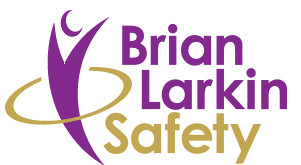The Control of Noise at Work Regulations 2005 require each employer to carry out a noise assessment where any employee is likely to be exposed to noise at or above the lower exposure action.
The Control of Noise at Work Regulations 2005 apply from April 6th, 2006.
As a rough guide, there are likely to be noise risks that need managing wherever you have to raise your voice or have difficulty being heard clearly by someone about two metres (six feet) away.
As far as peak noise levels are concerned, the lower exposure action value is likely to be exceeded wherever there are noises due to impacts (such as hammering, drop forging, etc) or explosive sources (such as cartridge-operated tools).
Our professional noise assessments and noise surveys comply with this legislation and include the measurement of the equivalent continuous sound pressure level (A-weighted Leq) as well as the highest sound pressure level (C-weighted true peak).
Further actions depend on whether the lower or upper exposure values are exceeded.
We submit a report (in a format recommended by the Institute of Acoustics), advise on who is at risk, which areas should be ear protection zones, which employees are recommended to wear ear protection and which type of protection this should be.
The key section in the noise assessment report is the Noise Action Plan, which provides the vital link between the assessment of the risks and their control. It can be thought of as a statement of intent.
The requirement to eliminate at source or, where this is not reasonably practicable, reduced to as low a level as is reasonably practicable is the key requirement of the new noise regulations.

